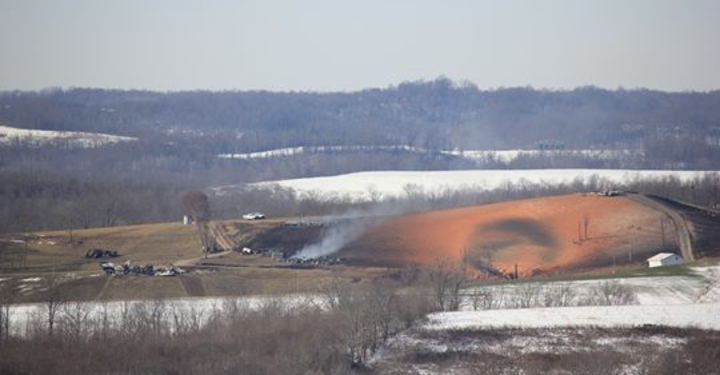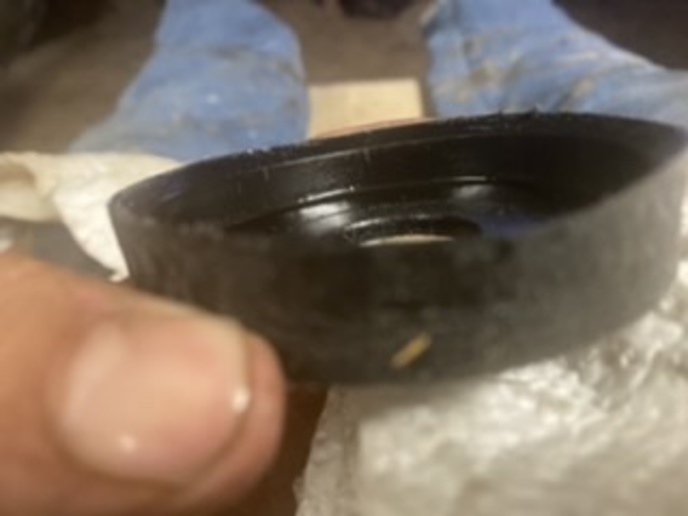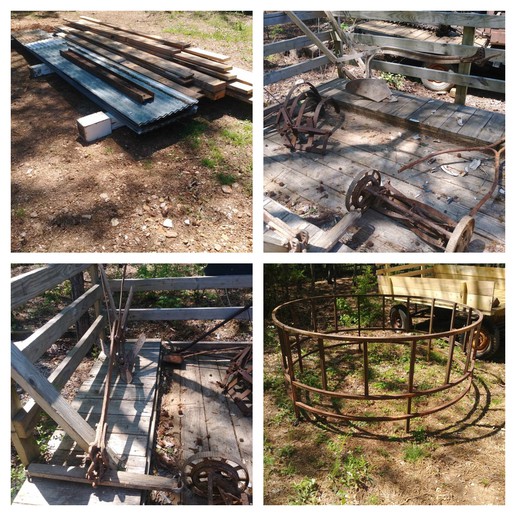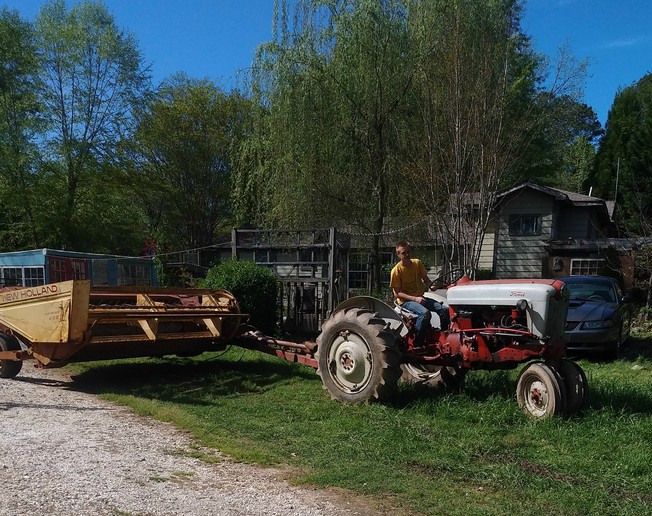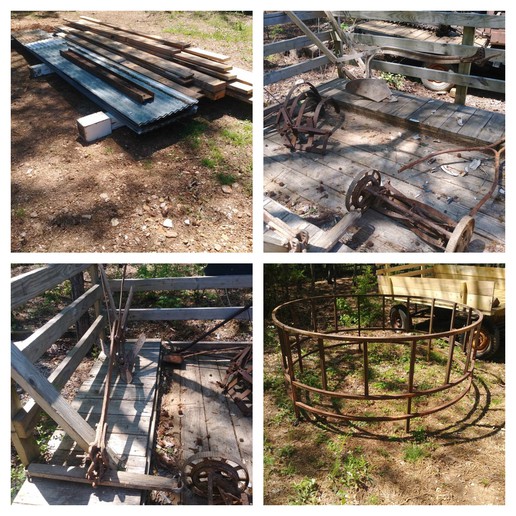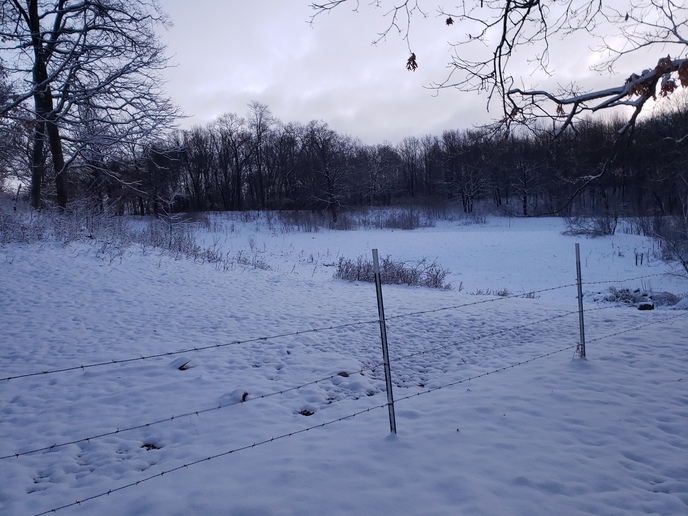SUMMERFIELD ? Noble County authorities said Tuesday it could take six months or longer to determine what caused a 30-inch natural gas line owned by Enbridge Inc. to rupture and burst into flames late Monday morning.
?The company will collect samples from the pipe that will be sent to a metallurgist for testing to determine what caused it to rupture,? said Noble County Emergency Management Agency Director Chasity Schmelzenbach. ?It is our experience that process will take four to six months, or longer.?
The fireball and ensuing secondary fires caused extensive damage at the scene on Smithberger Road.
?We may never know what happened due to the amount of damage at the site,? Noble County Sheriff Robert Pickenpaugh said. ?There is a huge crater up there from the explosion and subsequent fires.?
Schmelzenbach said Enbridge will conduct its private investigation while the Public Utilities Commission of Ohio will lead the state?s investigation with support from the Ohio Fire Marshal?s Office, Environmental Protection Agency and the Ohio Department of Natural Resources.
The transmission line ruptured at 10:40 a.m. on Monday morning, resulting in numerous calls to the sheriff?s office reporting an explosion.
Enbridge Inc., a Canadian multinational energy transportation company based in Calgary, Alberta, is only allowing limited access to the site due to on-going safety concerns.
?The company has deemed it is not safe to be within 700 feet of the site,? said Schmelzenbach. ?There were three lines in the footprint where the explosion and fireball occurred. The company is currently testing and decompressing the other two lines to ensure the area is safe.
?Once that is complete, we will be able to access the scene and learn more about what happened at that location.?
The explosion and resulting fires reportedly injured a juvenile boy, destroyed two homes, and either destroyed or damaged three other buildings including barns. The surrounding terrain including Smithberger Road also sustained damage.
Minor burns were suffered by the juvenile boy, who was transported to a Marietta hospital where he was treated and released.
Unconfirmed reports indicated the boy was running away from his home when he was burned by the heat from a nearby fire. He is not believed to have come in contact with the flames.
An unknown number of 4-H animals and livestock perished as a result of the secondary fires ignited by the initial fireball.
The Caldwell, Summerfield and Lewisville volunteer fire departments responded to extinguish the fires.
The fire departments worked with companies in the area to identify the impacted line, and they spent several hours fighting secondary fires. They remained at the scene until approximately 5 p.m., and no injuries were reported by crews battling the flames.
The EMA director said the gas feed to the line was shut off within an hour.
Responding sheriff?s deputies and residents for miles around the site reported the ground shook for several seconds at the time of the explosion, knocking items from the walls in homes as far away as seven miles.
?Our house shook so bad things came off the walls,? said Trina Moore, a Caldwell area resident. ?It shook for about 15 seconds, but it felt like forever.?
Flames from the fire in the gas line were estimated to be 80 feet high, according to a Noble County sheriff?s sergeant. Sheriff Pickenpaugh reported heat from the fire could be felt for several miles.
Schmelzenbach confirmed a shift in the ground possibly caused by the weather at the time of the incident is a possible cause for the rupture and explosion. Temperatures Sunday night into Monday morning dipped below zero.
?A shift in the ground is one speculation for a cause and the soil here in Noble County with the weather can lead to a shift in the ground, but we will not know for certain until we receive the final investigation report,? advised Schmelzenbach. ?We will not know the exact cause for several months.?
The Pittsburgh Post Gazette reported the Texas Eastern pipeline involved in Monday?s blast is part of the same system that ruptured in Pennsylvania?s Westmoreland County on April 29, 2016. That explosion, on a 1981-vintage pipeline, was determined to have been caused by corrosion.
?This section of pipe is 30 inches in diameter and was built in 1952-53,? Enbridge said in a statement following the explosion. ?An in-line inspection of the line was performed in 2012, and no remediation was needed.?
The Texas Eastern system is a web of pipelines stretching more than 9,000 miles from Appalachia to Texas, according to the Post Gazette.
The Noble County EMA and Office of Homeland Security contacted evacuated families including those who lost their homes to ensure they have temporary housing arrangements. The American Red Cross is also assisting with needed services for the families.
Motorists are still being asked to avoid the Smithberg Road area from Route 724 near Carlisle to Bean Ridge Road off Route 78 near Summerfield while the investigation continues and repairs are made to areas that sustained damage.
?The company will collect samples from the pipe that will be sent to a metallurgist for testing to determine what caused it to rupture,? said Noble County Emergency Management Agency Director Chasity Schmelzenbach. ?It is our experience that process will take four to six months, or longer.?
The fireball and ensuing secondary fires caused extensive damage at the scene on Smithberger Road.
?We may never know what happened due to the amount of damage at the site,? Noble County Sheriff Robert Pickenpaugh said. ?There is a huge crater up there from the explosion and subsequent fires.?
Schmelzenbach said Enbridge will conduct its private investigation while the Public Utilities Commission of Ohio will lead the state?s investigation with support from the Ohio Fire Marshal?s Office, Environmental Protection Agency and the Ohio Department of Natural Resources.
The transmission line ruptured at 10:40 a.m. on Monday morning, resulting in numerous calls to the sheriff?s office reporting an explosion.
Enbridge Inc., a Canadian multinational energy transportation company based in Calgary, Alberta, is only allowing limited access to the site due to on-going safety concerns.
?The company has deemed it is not safe to be within 700 feet of the site,? said Schmelzenbach. ?There were three lines in the footprint where the explosion and fireball occurred. The company is currently testing and decompressing the other two lines to ensure the area is safe.
?Once that is complete, we will be able to access the scene and learn more about what happened at that location.?
The explosion and resulting fires reportedly injured a juvenile boy, destroyed two homes, and either destroyed or damaged three other buildings including barns. The surrounding terrain including Smithberger Road also sustained damage.
Minor burns were suffered by the juvenile boy, who was transported to a Marietta hospital where he was treated and released.
Unconfirmed reports indicated the boy was running away from his home when he was burned by the heat from a nearby fire. He is not believed to have come in contact with the flames.
An unknown number of 4-H animals and livestock perished as a result of the secondary fires ignited by the initial fireball.
The Caldwell, Summerfield and Lewisville volunteer fire departments responded to extinguish the fires.
The fire departments worked with companies in the area to identify the impacted line, and they spent several hours fighting secondary fires. They remained at the scene until approximately 5 p.m., and no injuries were reported by crews battling the flames.
The EMA director said the gas feed to the line was shut off within an hour.
Responding sheriff?s deputies and residents for miles around the site reported the ground shook for several seconds at the time of the explosion, knocking items from the walls in homes as far away as seven miles.
?Our house shook so bad things came off the walls,? said Trina Moore, a Caldwell area resident. ?It shook for about 15 seconds, but it felt like forever.?
Flames from the fire in the gas line were estimated to be 80 feet high, according to a Noble County sheriff?s sergeant. Sheriff Pickenpaugh reported heat from the fire could be felt for several miles.
Schmelzenbach confirmed a shift in the ground possibly caused by the weather at the time of the incident is a possible cause for the rupture and explosion. Temperatures Sunday night into Monday morning dipped below zero.
?A shift in the ground is one speculation for a cause and the soil here in Noble County with the weather can lead to a shift in the ground, but we will not know for certain until we receive the final investigation report,? advised Schmelzenbach. ?We will not know the exact cause for several months.?
The Pittsburgh Post Gazette reported the Texas Eastern pipeline involved in Monday?s blast is part of the same system that ruptured in Pennsylvania?s Westmoreland County on April 29, 2016. That explosion, on a 1981-vintage pipeline, was determined to have been caused by corrosion.
?This section of pipe is 30 inches in diameter and was built in 1952-53,? Enbridge said in a statement following the explosion. ?An in-line inspection of the line was performed in 2012, and no remediation was needed.?
The Texas Eastern system is a web of pipelines stretching more than 9,000 miles from Appalachia to Texas, according to the Post Gazette.
The Noble County EMA and Office of Homeland Security contacted evacuated families including those who lost their homes to ensure they have temporary housing arrangements. The American Red Cross is also assisting with needed services for the families.
Motorists are still being asked to avoid the Smithberg Road area from Route 724 near Carlisle to Bean Ridge Road off Route 78 near Summerfield while the investigation continues and repairs are made to areas that sustained damage.


